Picture this: you're planning to upgrade to the latest iPhone, counting on that trade-in credit to soften the blow to your wallet. Then you check Apple's website and—surprise!—your device is suddenly worth less than it was last week. Welcome to the reality of Apple's latest trade-in value adjustments, and spoiler alert: it's not all good news for iPhone owners.
Apple today updated its trade-in values for iPhone, iPad, Mac, and Apple Watch models, with many values decreasing across the board. The changes hit particularly hard for iPhone users, with flagship models like the iPhone 15 Pro Max dropping from $630 to $600, and the iPhone 15 Pro falling from $500 to $480. For context, if you were budgeting a $500 trade-in toward a $1,000 upgrade, you're now looking at covering an extra $20-30 out of pocket.
The changes represent Apple's broader tightening of trade-in eligibility. Apple is no longer accepting 12-inch MacBook or Apple Watch Series 4 trade-ins at all, signaling a shift toward newer devices only.
Why trade-in values keep dropping (and it's not random)
Let's break down what's really happening here. Trade-in values aren't set in stone—they fluctuate based on market demand, device age, and Apple's own inventory needs. Research shows that iPhones lose upwards of 25% of their retail value the second you unbox them, and up to 62% in the first year of ownership.
Understanding this pattern reveals a strategic opportunity: Trade-in prices drop by 9% after Apple's official iPhone announcement, then decrease further by an average of 20% after the new models hit shelves. Savvy upgraders can time their trade-ins strategically to avoid these predictable cuts.
What makes this round of cuts particularly brutal is their breadth. While some values increased—like the iPhone 14 Pro Max going up very slightly—most models saw decreases ranging from $10 to $50. The iPhone 14 took a $20 hit, dropping from $290 to $270, while the iPhone 13 fell from $250 to $230.
Given that the iPhone 15 series has already depreciated by 55.57% on average since launch, these trade-in cuts represent a double hit for recent buyers. The iPhone 15 Plus 512GB model dropped by a whopping 62% from its original retail price, setting a new record for value loss.
Your upgrade math just got more expensive
Here's where this hits your wallet directly. If you were planning to trade in an iPhone 15 Pro Max, you're looking at $30 less credit than you would have gotten before the adjustment. That might not sound like much, but when you're already paying premium prices for new devices, every dollar counts.
The pain is compounded by Apple's trade-in model itself. Apple's public trade‑in flow asks a short yes/no checklist (cracks, power‑on, etc.) and does not disclose formal grading tiers to customers. These maximum values assume your device is in pristine condition. Any scratches, battery degradation, or cosmetic damage will push your actual offer lower than these already-reduced ceiling prices.
This timing creates a strategic window: if you're planning to upgrade anyway, acting before further cuts makes financial sense. The psychological impact of seeing your device's value drop while you're holding it can't be ignored—it's that sinking feeling of watching money disappear from your pocket.
This psychological hit is exactly why exploring alternatives becomes crucial—and thankfully, some can beat Apple's revised offers.
What you can do about it (beyond cursing Apple)
Before you accept Apple's revised offer, do your homework. Here's how to maximize your return systematically:
Step 1: Get Apple's current quote to establish your baseline Step 2: Check competing services like Gazelle and Best Buy simultaneously Step 3: Compare carrier offers if you're upgrading anyway Step 4: Factor in convenience versus maximum payout
For current iPhone 15 models, this strategy pays off. Best Buy's trade-in program offers up to $310 for an iPhone 14 Pro Max 256GB or newer, while carrier promotions can sometimes beat both Apple and third-party buyers—especially if you're willing to sign a service agreement.
PRO TIP: Get quotes from multiple sources simultaneously since values change weekly. Apple's trade-in estimates are valid for 14 days after you receive your new device, giving you a small window to shop around. Just remember that if the condition doesn't match your description, Apple will provide a revised (likely lower) value.
The silver lining (yes, there is one)
Apple's trade-in program offers unique advantages that pure cash value doesn't capture: instant credit at checkout, no shipping hassles, and seamless integration with your Apple ID for purchasing. You can complete the process online or at any Apple Store, and the credit applies directly to your new purchase or converts to an Apple Gift Card for future use.
While current cuts sting, Apple's trade-in program typically offers promotional bonuses during new product launches—potentially recovering some of this lost value. With the company aiming to use 100% recycled content in future devices, trade-ins serve a dual purpose: keeping customers in the ecosystem while feeding the recycling pipeline.
Your next upgrade might cost a bit more out of pocket, but understanding these patterns means you can time future trades strategically. In the world of tech depreciation, that knowledge is worth something.




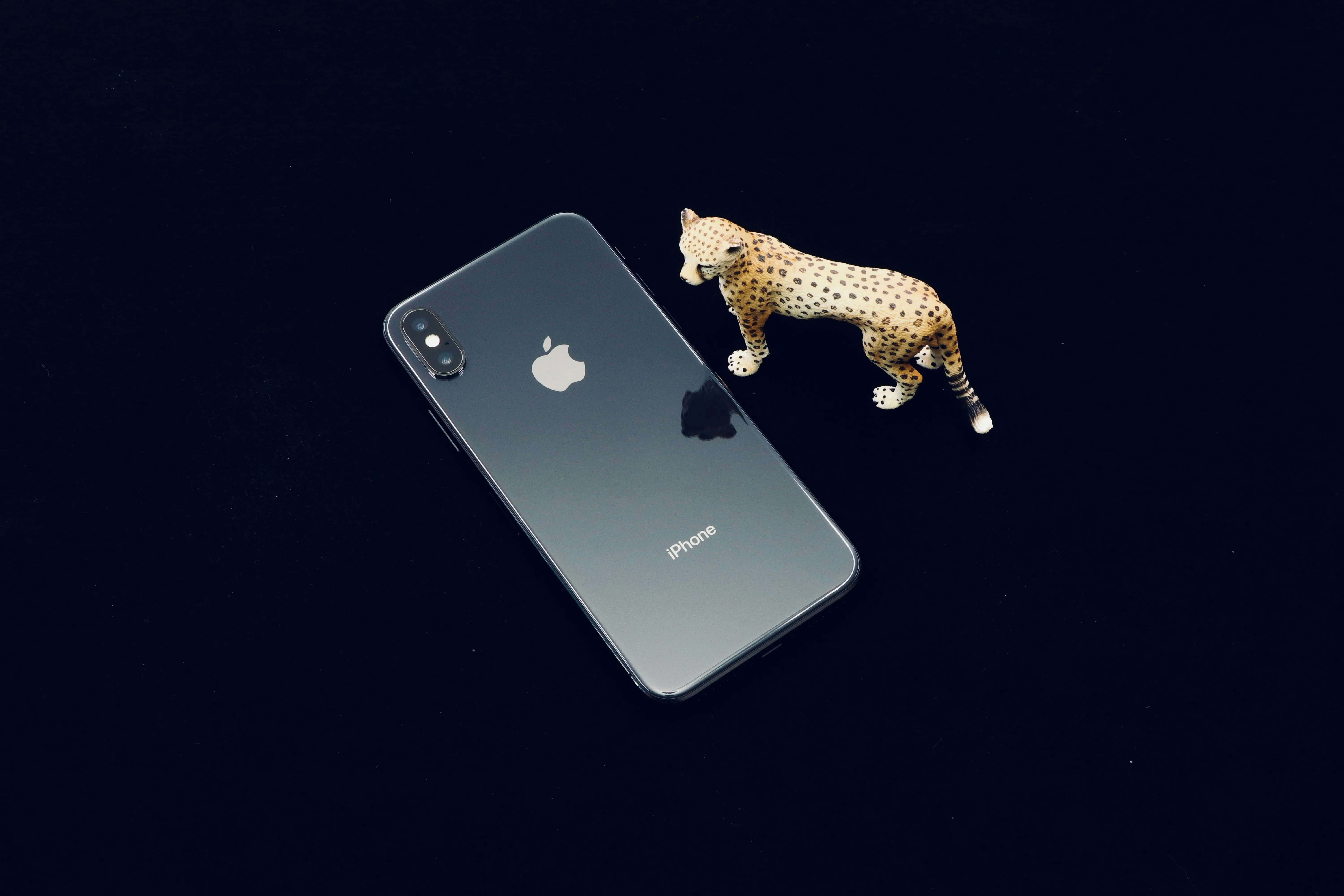
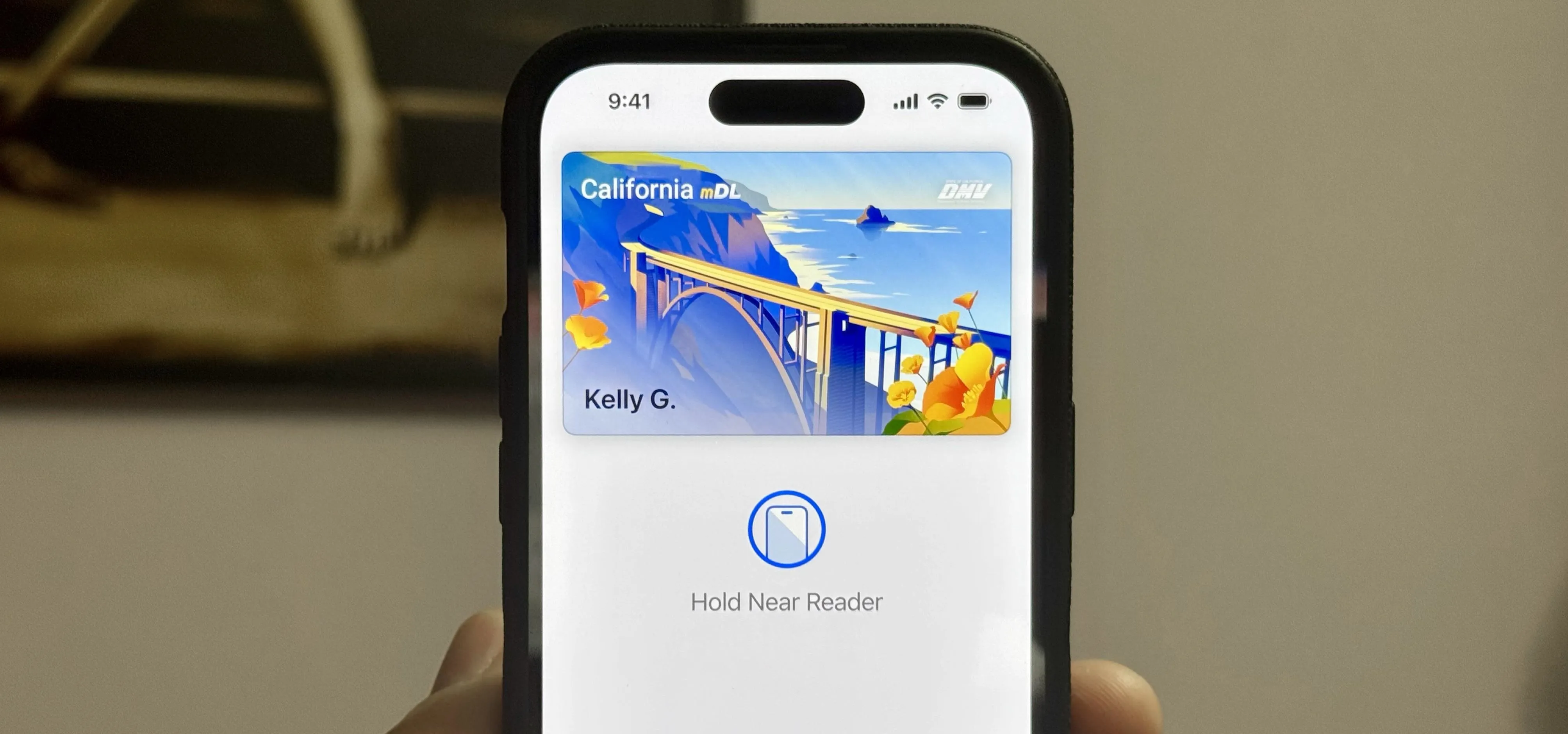
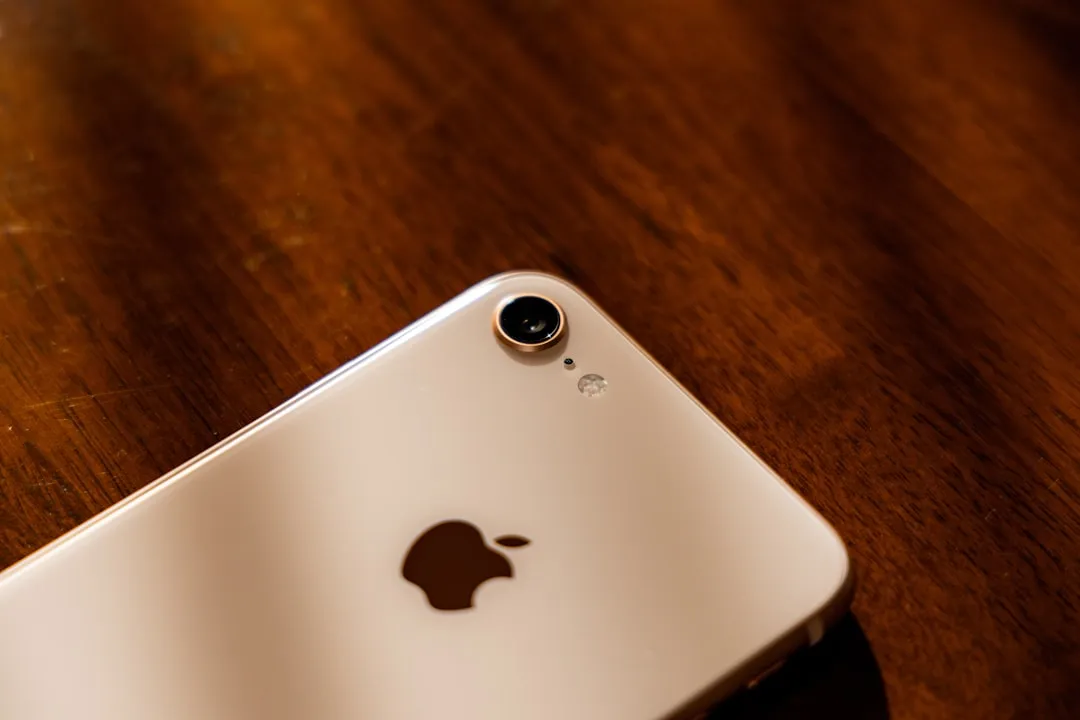
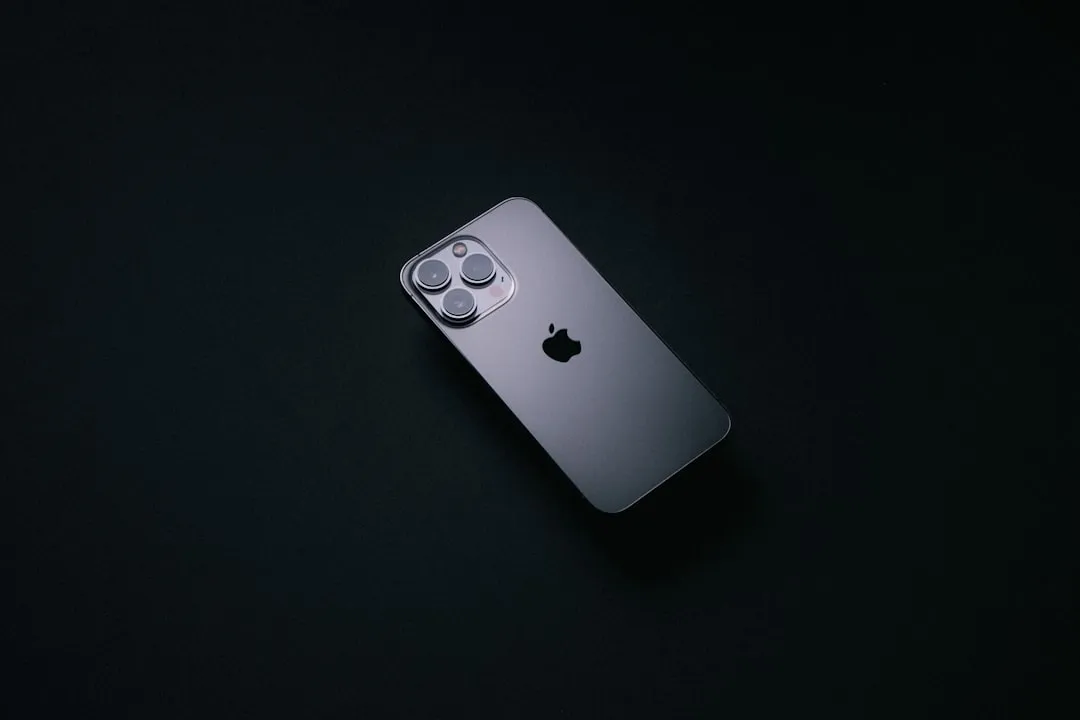
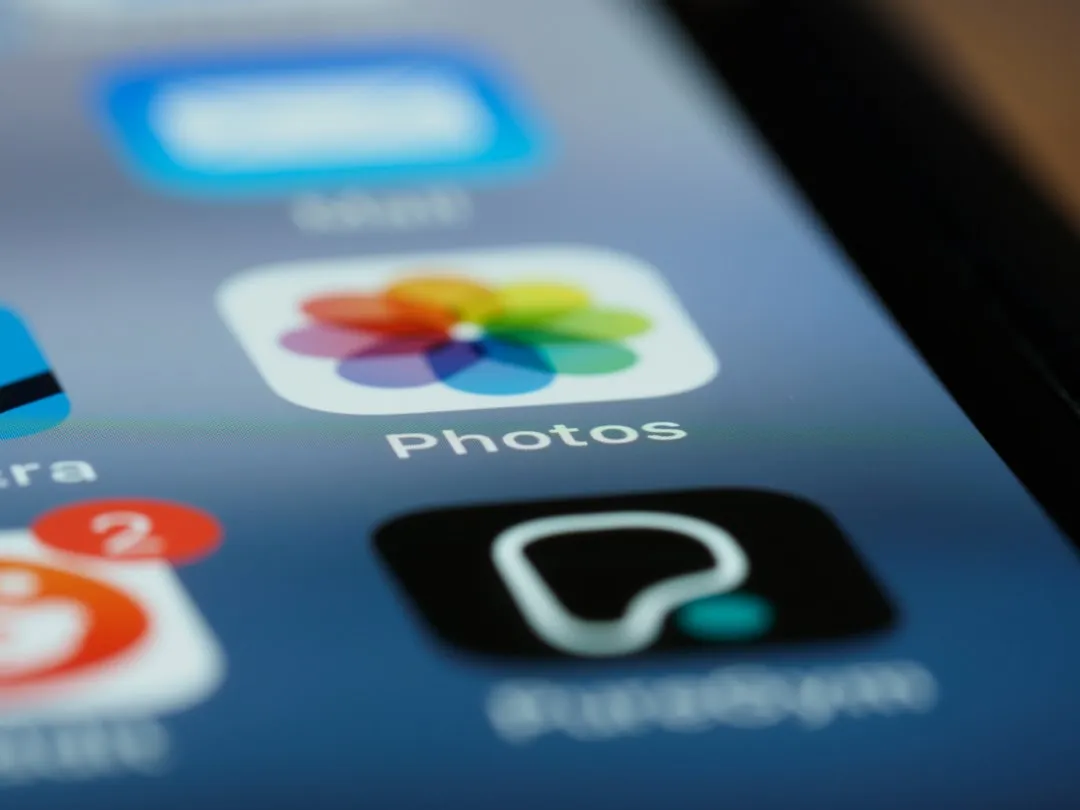
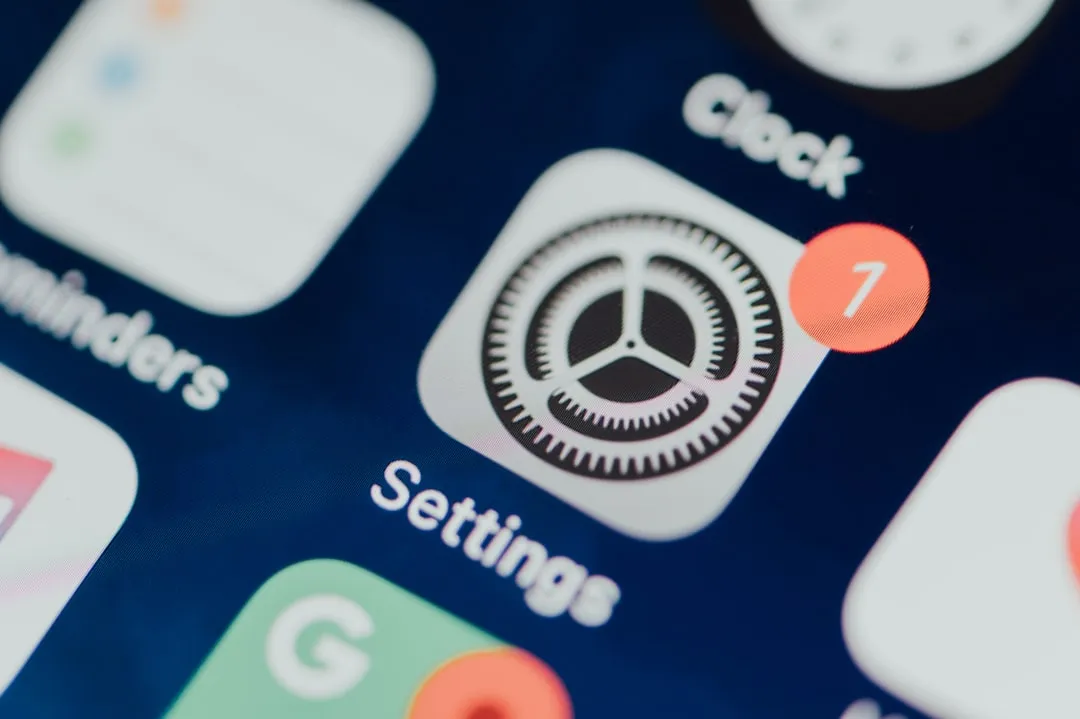
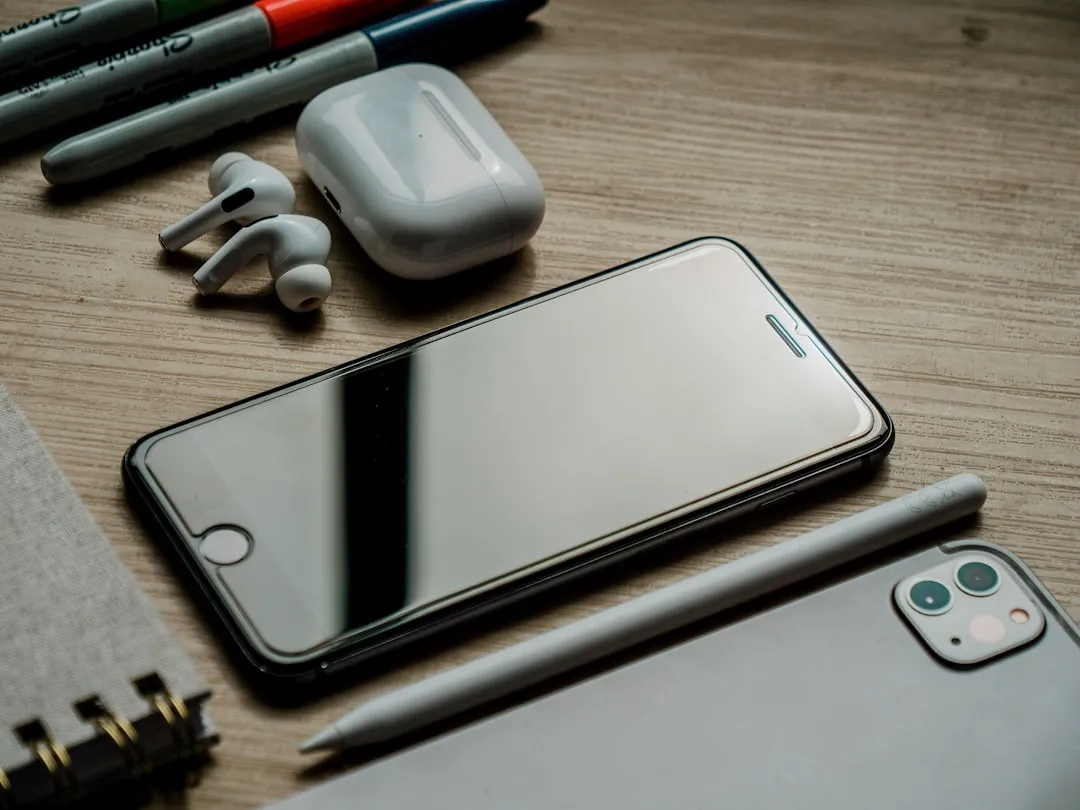
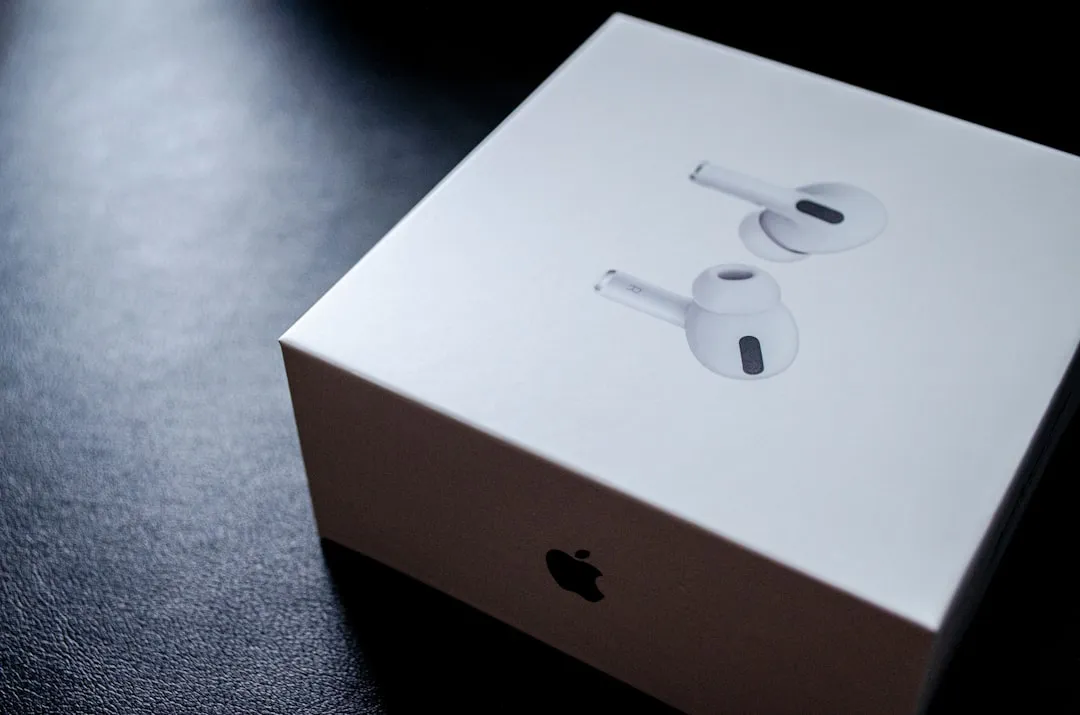
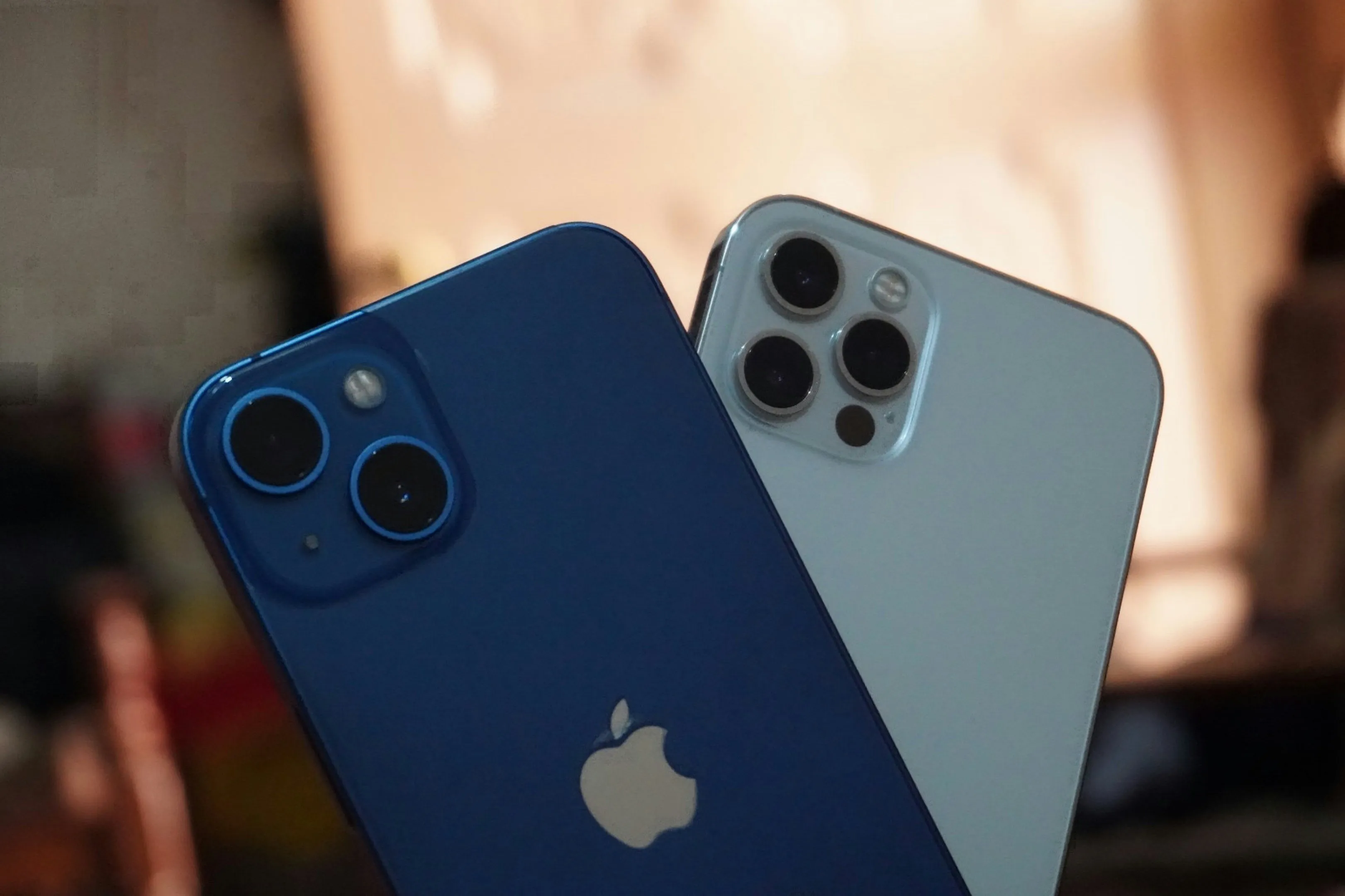
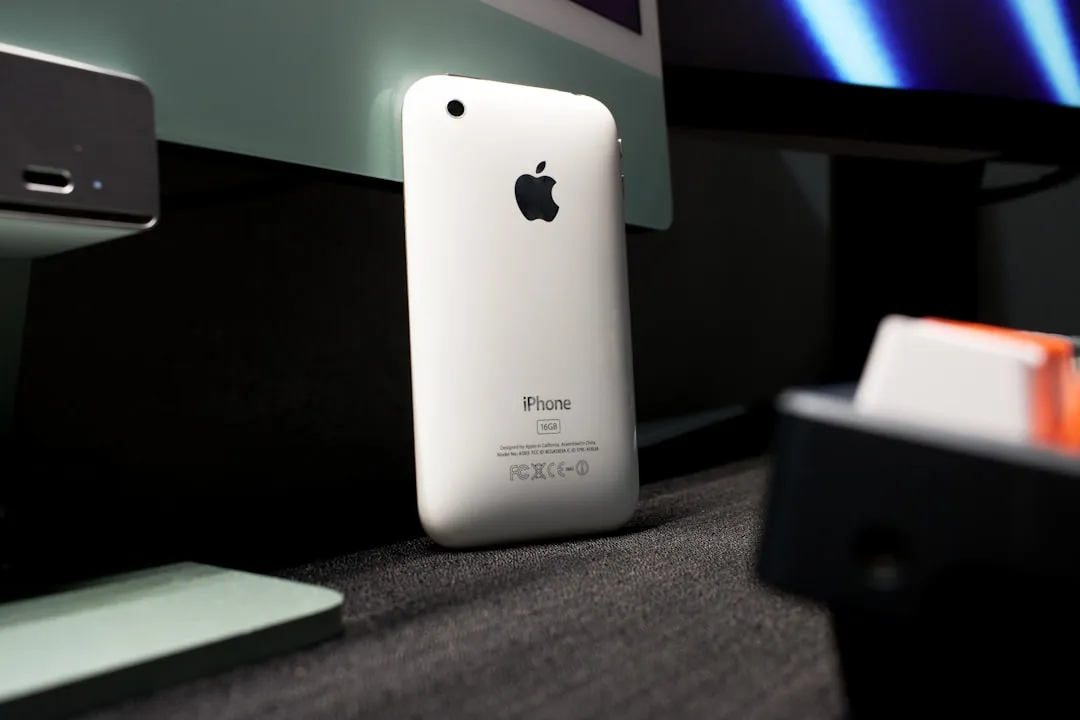
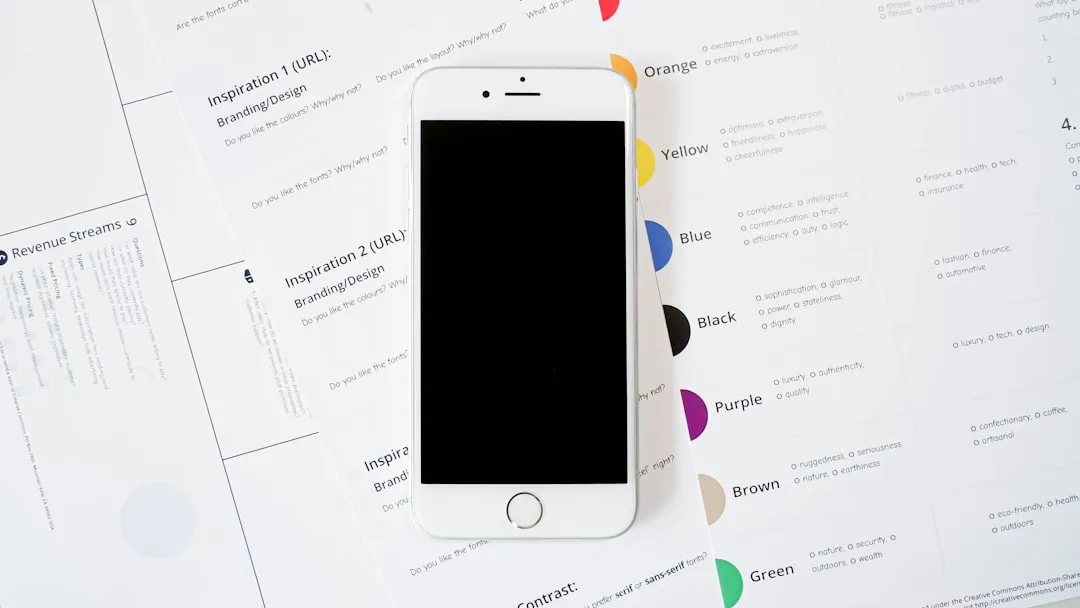
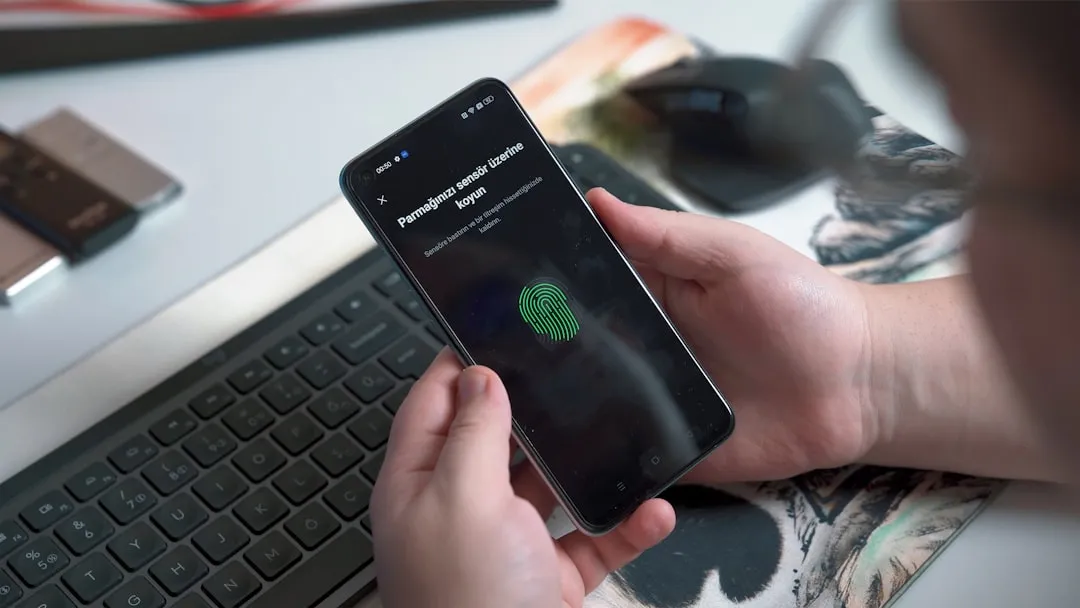
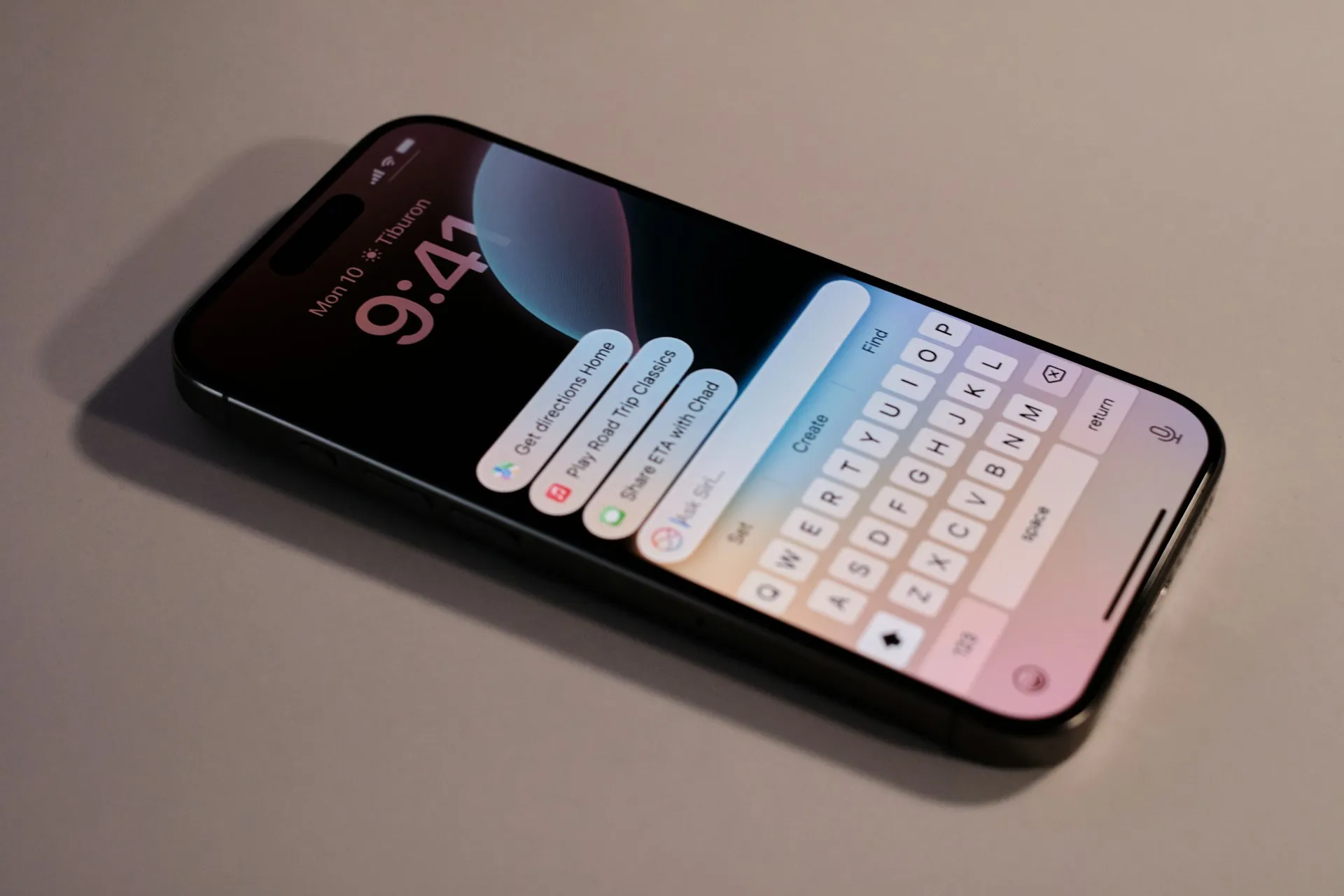

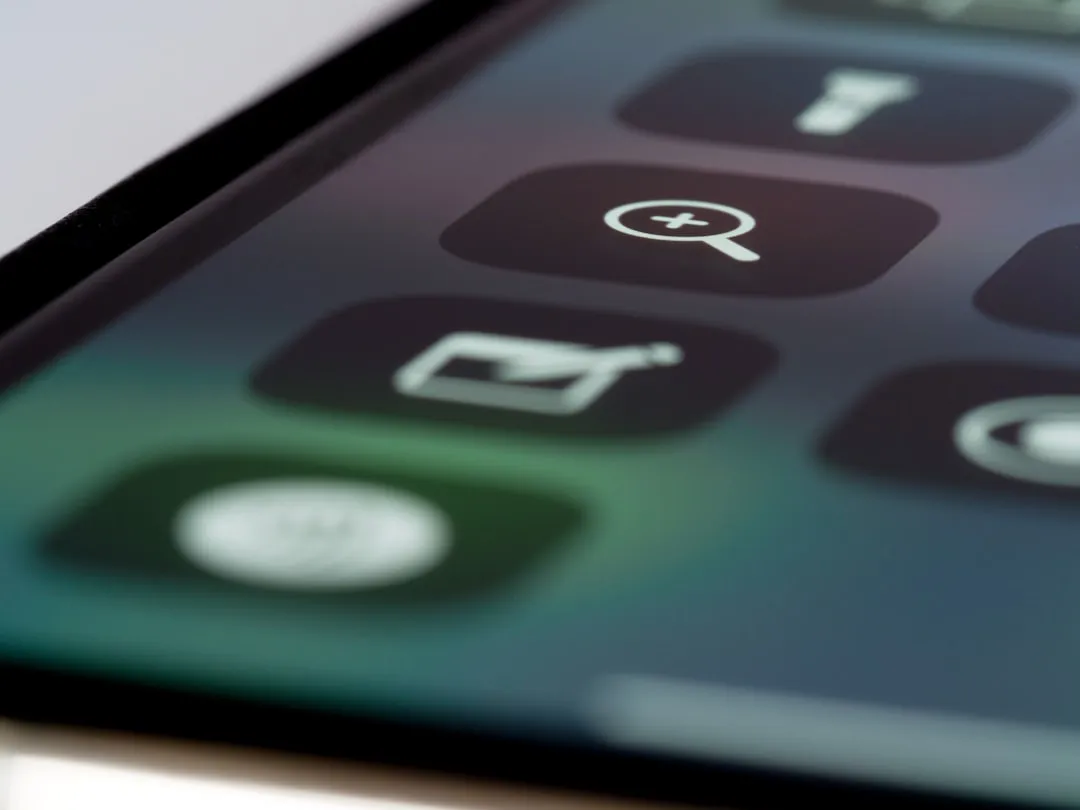
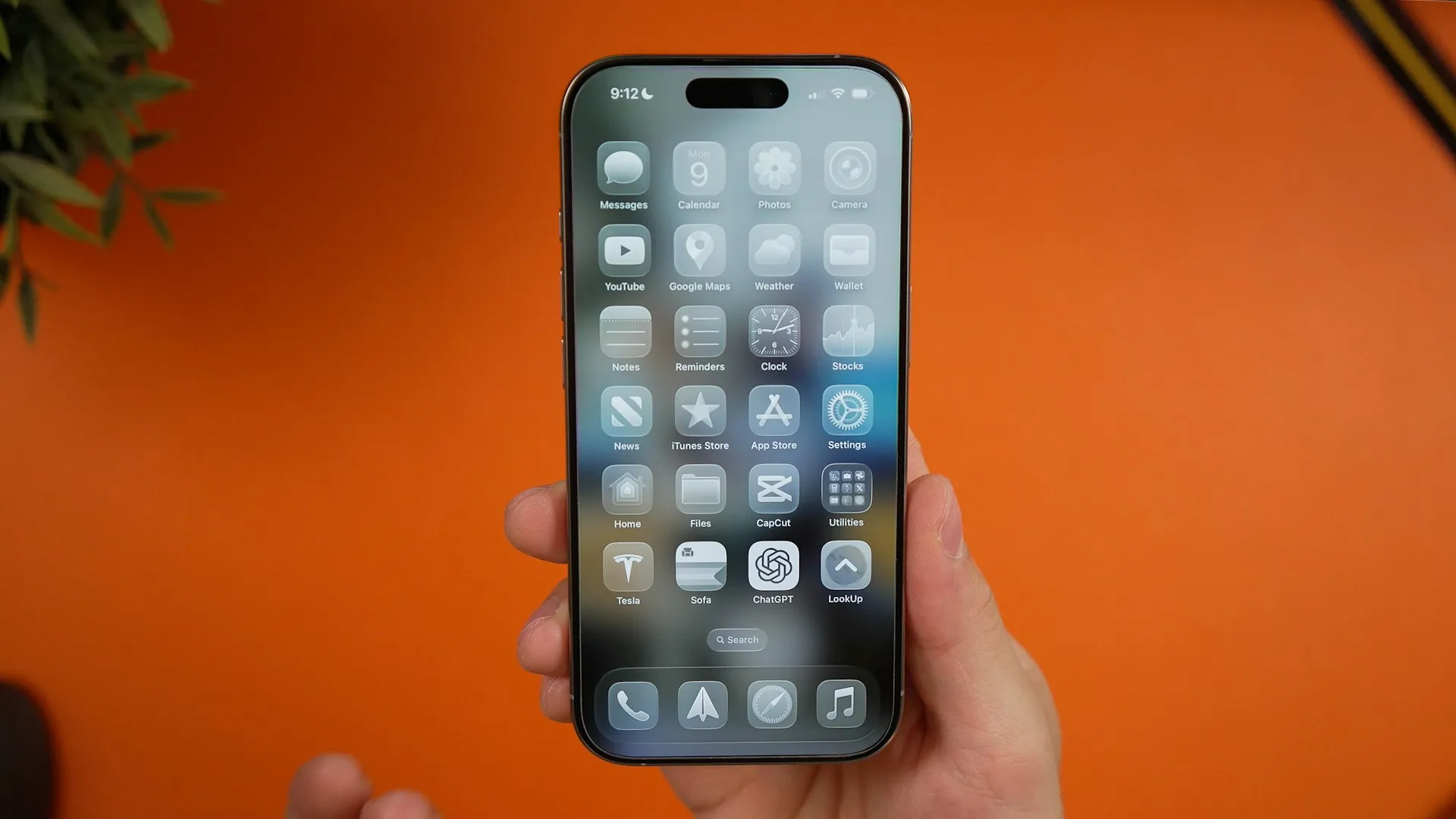
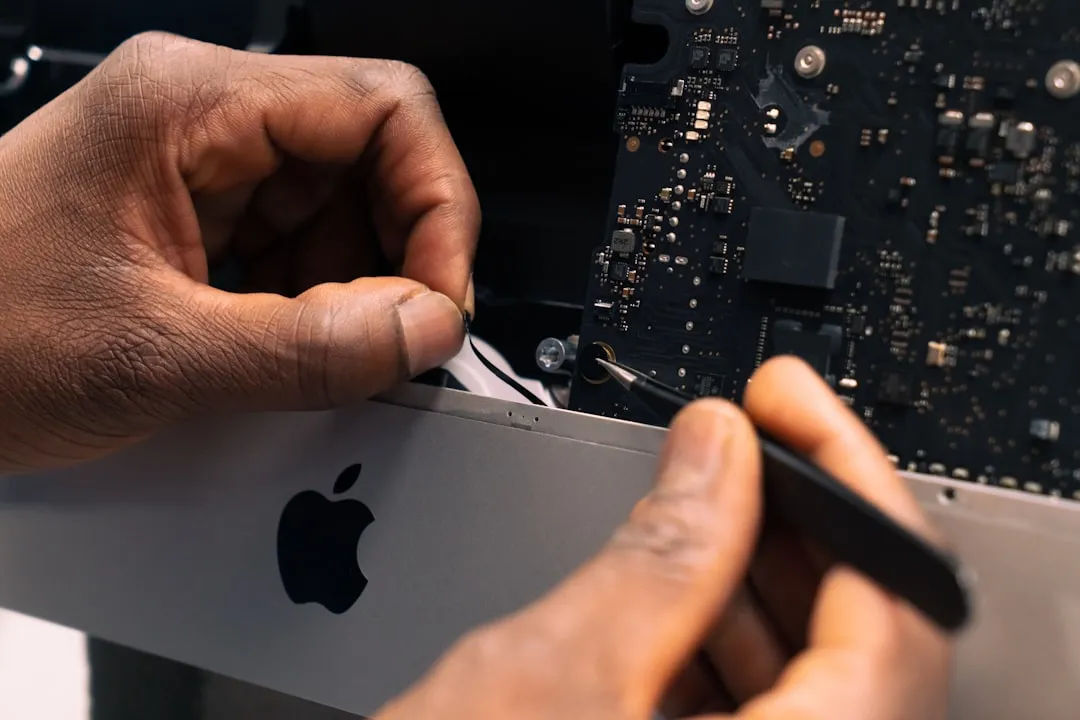
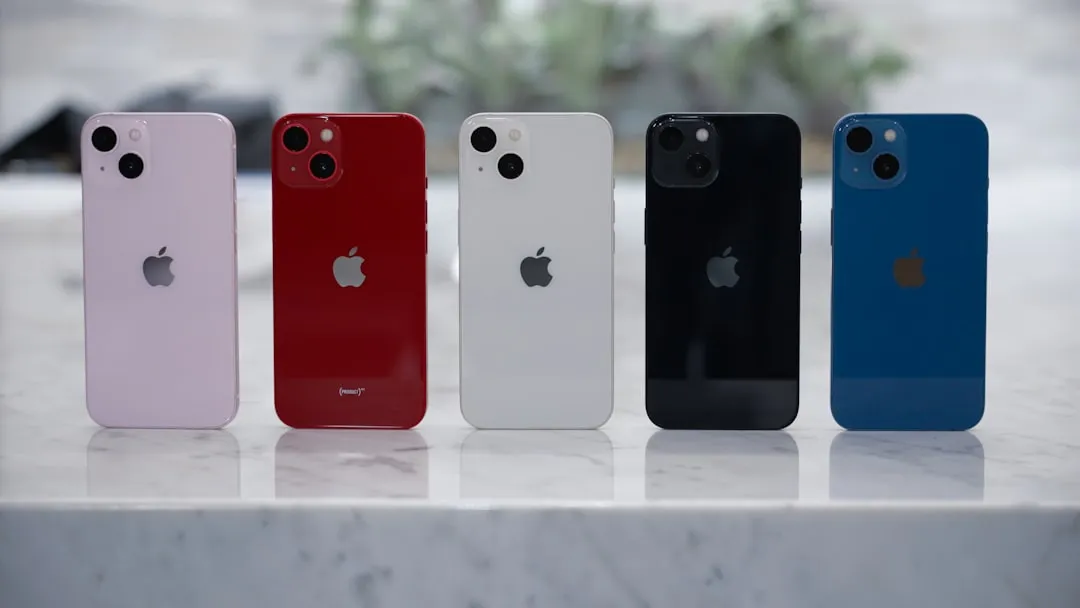
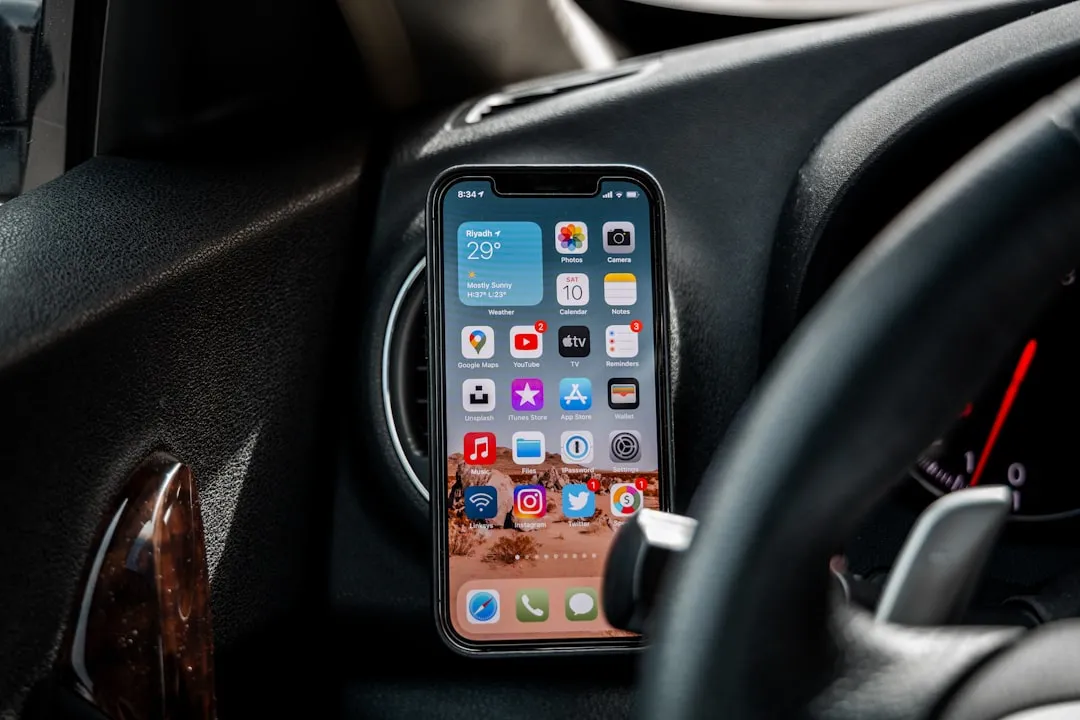

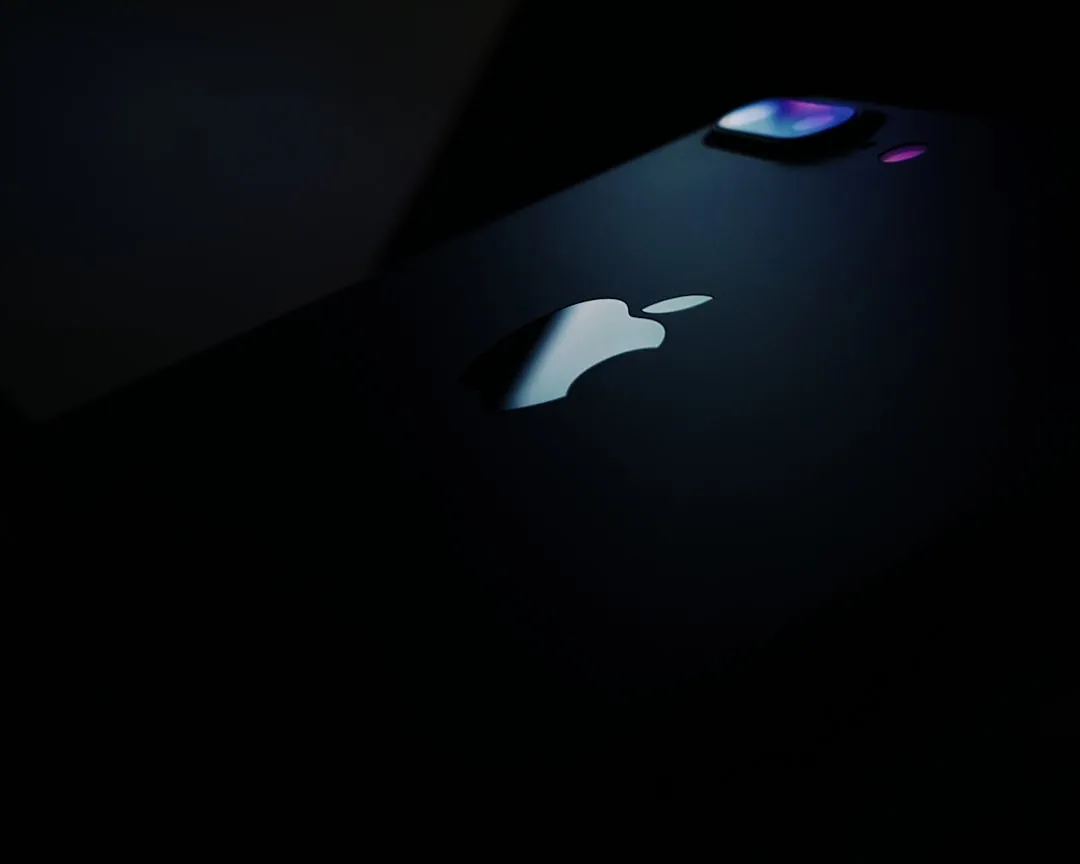
Comments
Be the first, drop a comment!